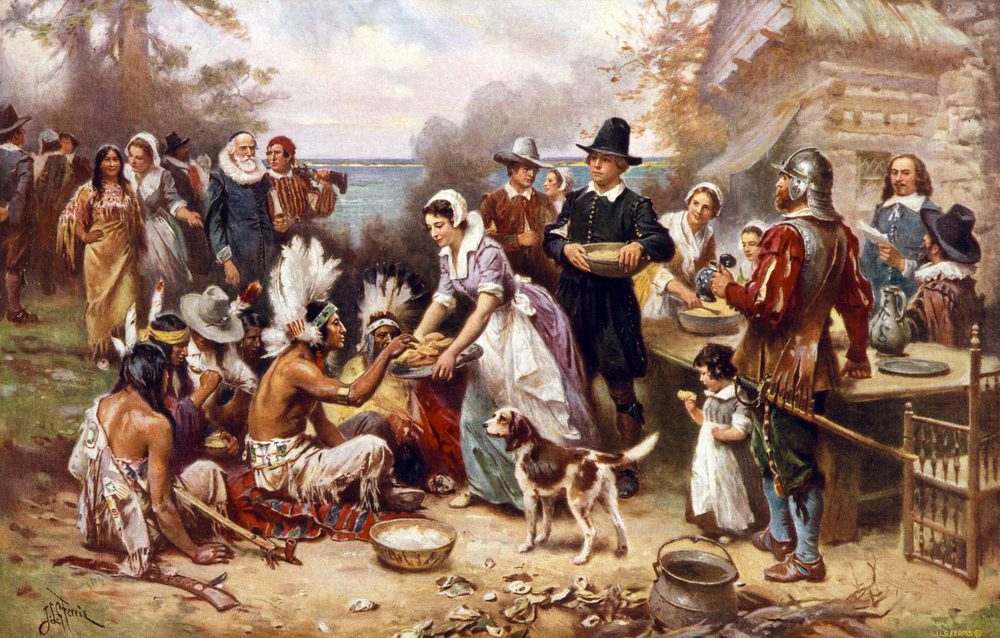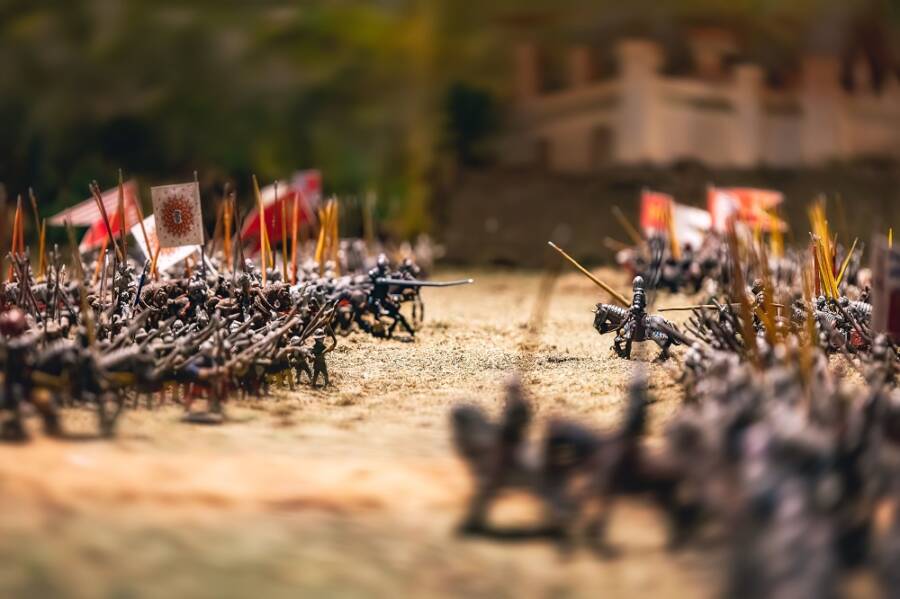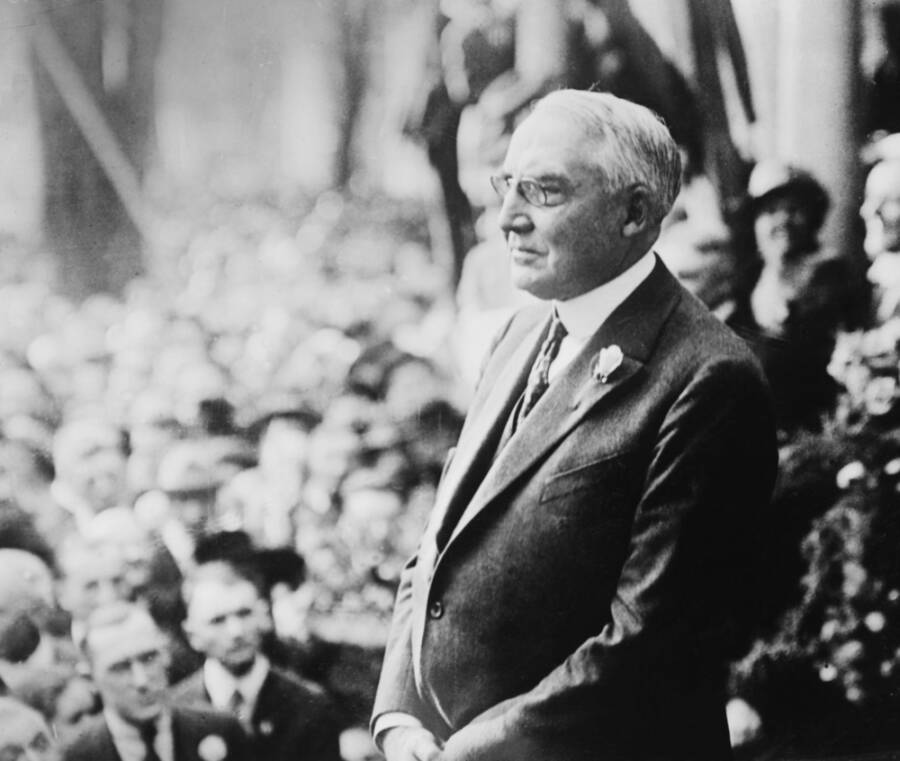8 History Moments You Might Have Gotten Wrong:
If you ask many American folks out there, you will soon come to the realization that our history is full of wildly popular myths and untruths that have been wrongfully perpetuated for many generations.
From when the founding fathers supposedly signed the Declaration of Independence, up to the true reason why Chicago got its nickname, this article is meant to debunk all the myths and misconceptions about what we know so far.
Just a heads up, if there’s something here that we didn’t tackle, feel free to write us in the comment section! Here are some of the most important American history questions that are answered incorrectly:

What city was really the first capital of the United States?
The Big Apple is where George Washington made his very first inaugural address, all the way back on April 40, 1789. At the time, New York was the country’s first capital. What’s even more interesting is that Washington and New York were definitely not the only cities that served as national honors.
There are other cities in the country that have also been the capital at one point, such as Philadelphia, Pennsylvania; Baltimore, Maryland; Lancaster, Pennsylvania (but only for 24 hours), York, Pennsylvania; Princeton, New Jersey, Annapolis, Maryland; and Trenton, New Jersey. So Washington was definitely not the first capital of the United States.
Who first discovered America?
Even if there is an entire holiday dedicated to Christopher Columbus, he’s definitely not the first explorer that discovered our continent. As world history shows, the first one that EVER discovered America is the Norse explorer Leif Erikson.
What’s even more curious is that the guy we’re celebrating every year has never even set foot in what is now the United States of America, not in any of his four voyages. As the Encyclopedia Britannica shows, for the first time he managed to cross the ocean, in 1492, he made landfall on an island in the Bahamas (of course, the exact island is still up for debate).
In his following voyages, he stopped in different locations throughout the Caribbean and South America, such as Cuba, Hispaniola, and the Paria Peninsula, known today as Venezuela. He even made a colony in modern-day Haiti. However, he never actually made it to the land that is now considered America.
When was the Declaration of Independence really signed?
As the Second Continental Congress originally met in Philadelphia to talk about the country’s future on July 1, 1776, and then declared America’s independence from England on July 2, the final draft that included the Declaration of Independence document wasn’t really finished until July 4, and it wasn’t even signed until August 2 in the same year.
Nowadays, we celebrate the date when the document was finalized. Even so, I’m sure that if someone would want to throw a barbecue on August 2nd, no one would have a reason to complain. So since we’ve always celebrated this great milestone on July 4, the real date we should be celebrating is August 2nd.

Where did the pilgrims arrive in America?
As The Washington Post reported, the only reason why we still think that Plymouth Rock is the place where the pilgrims first reached American soil is that a “young boy overheard a story from a 95-year-old Thomas Faunce, who allegedly said that his father came to Plymouth three years after the Mayflower, telling him how he heard from unknown persons that the landing actually occurred there.
What we have here is a fact that’s based on gossip that’s hundreds of years old. Even more, the English puritan William Bradford failed to mention Plymouth Rock in his book “Of Plymouth Plantation”, which would imply a pretty big oversight on his part, if that’s where they actually landed.
What did Paul Revere say on his midnight ride in 1775?
It has been said that Paul Revere might have said: “The British are coming!”. However, as it turns out, he probably didn’t yell anything in that famous midnight ride, as it was a covert mission. Not to mention that back in the day, no one used the term “British”.
So if Revere would have said the phrase so many people know about, the chances are he would have attracted a lot of unrequested attention. Plus, no one had any idea what the “British” means, so they probably wouldn’t get the point, anyway.
What would have been more likely for him to say was “The regulars are coming”, and he only said it once: When he got to the house where Samuel Adams and John Hancock, who were fugitives at the time, were holed up in.
What did they call the Columbus ships?
It has been considered that the names of the Columbus ships were the Niña, the Pinta, and the Santa Maria. However, it is not true. The Santa Maria was indeed the name of one of the ships, even if the crew named it “La Gallega”, after the province where it was actually built, Galicia.
The second ship was known as the Santa Clara, but it was also nicknamed the Niña, after its owner, Juan Niño. Last, the third ship wasn’t officially known as the Pinta, but that’s definitely the name that it received from saucy sailors who were inspired by the Spanish term “the painted one”. The ship’s real name got lost.

What was the source of the great Chicago fire of 1871?
If you were among the people that thought the great fire started because a cow kicked over a lantern, then you’ve been leaving a lie for a long time. This rumor circulated ever since the fire occurred after some local boys initiated it.
They claimed the fire was started by a woman called Catherine O’Leary, who was supposedly milking her cow in her own barn, and the cow kicked the woman’s lantern. As you can imagine, the newspapers instantly picked the story and decided to print it. Even so, there has never been enough evidence that any of it is actually true. As a matter of fact, O’Leary tried to deny the claim, stating that she was in bed at the time.
However, it seems that no one can say for sure what really caused the fire. Some might suggest that a couple of men were gambling in O’Leary’s barn, and one of them might have kicked a lantern in his drunken rage. Others believe that the cow was involved after all, but only because someone might have tried to steal the milk, knocking down a lantern by accident.
Why does the Liberty Bell have a crack in it?
Up to this day, people still believe that overenthusiastic patriots were the reason why the Liberty Bell has a crack in it. However, the truth stands in a completely different explanation: the bell suffered repeated cracks throughout time, which are due to the fact that it was poorly cast in the beginning.
Even if the mistakes have been addressed many times, that persistent slip seems to come back. National Geographic explained that the crack we see today appeared in the 19th century, even if no one can say exactly WHEN it showed up.
If you enjoyed reading this article, you should definitely try reading: Lost and Found: America’s 5 Most Famous Treasures






One Response
The Pilgrims first landed on Cape Cod, looking for water. In truro they found it plus a stash of corn the Native Americans had stored.